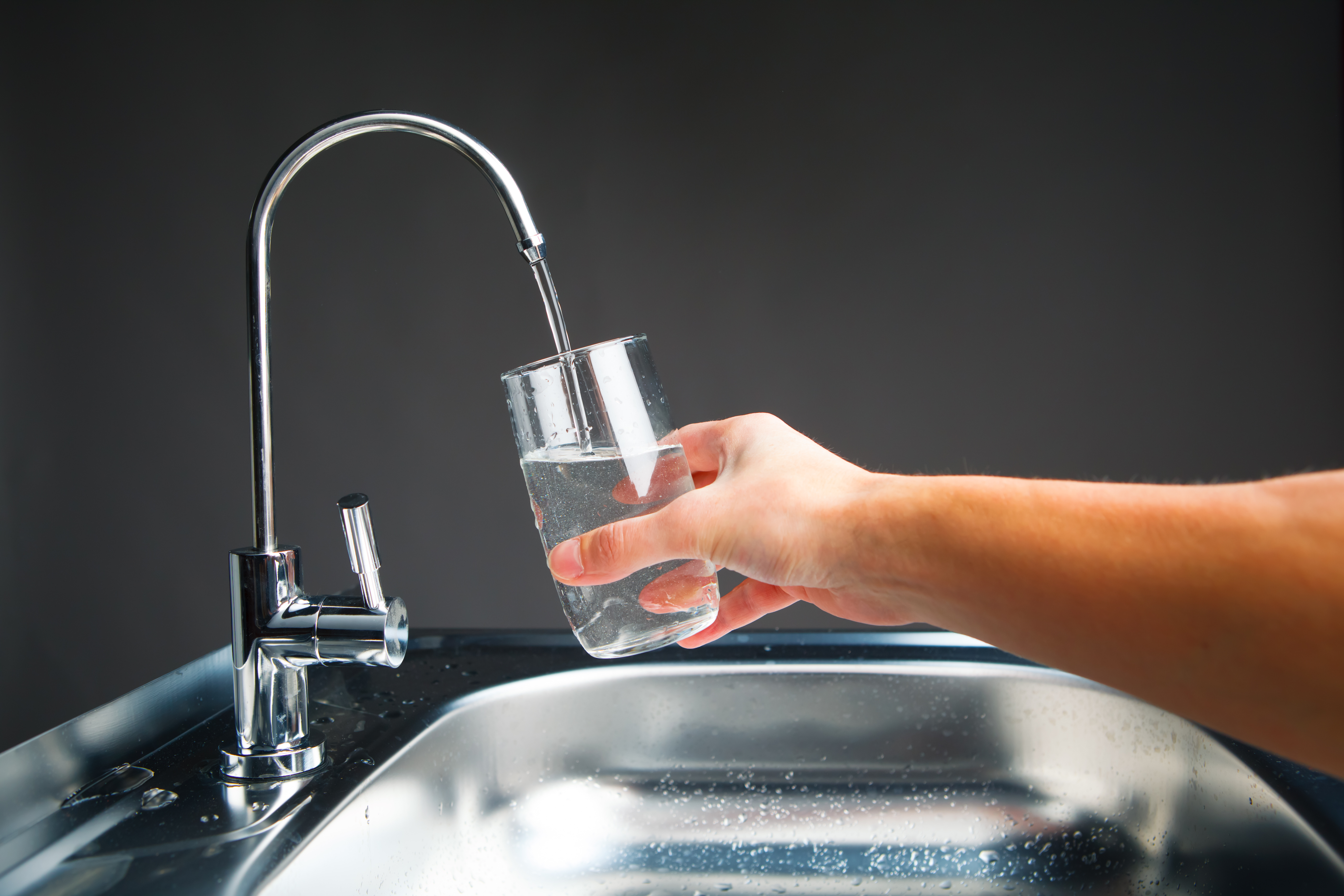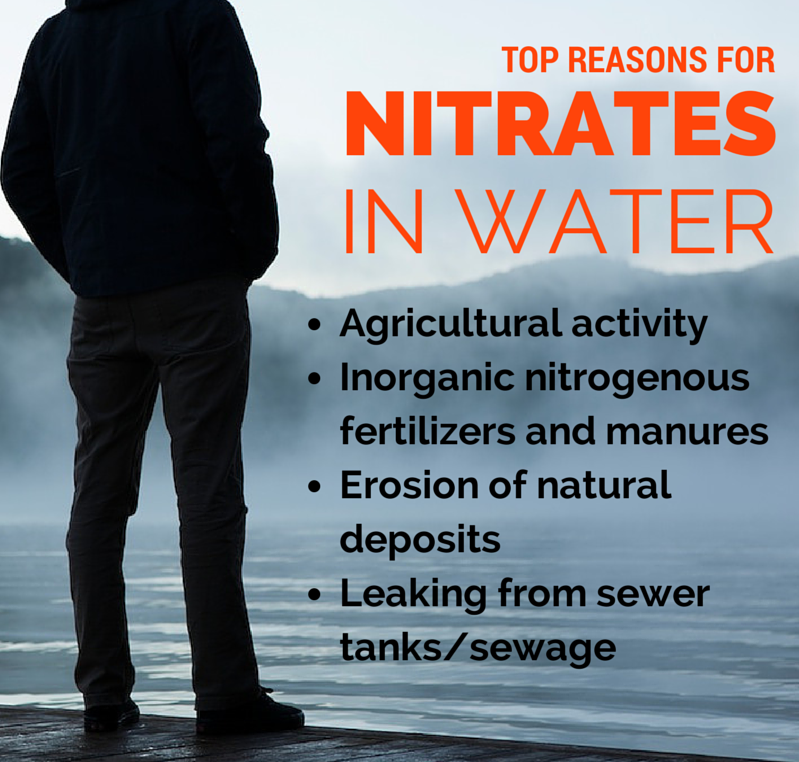
Is it Safe to Drink my Tap Water?
Having clean, safe water for drinking, showering and even cooking your food is key to ensuring a healthy lifestyle. Most people today unknowingly drink
Softened water brings several benefits to a household. It minimizes soap usage when washing clothes and dishes, extends your water heater’s lifespan, and optimizes energy bills. But is it okay to use softened water for plants, lawns, and gardens? The Scoop on Salt The majority of water
Having clean, safe water for drinking, showering and even cooking your food is key to ensuring a healthy lifestyle. Most people today unknowingly drink chlorine-treated water that still contains harmful bacteria, chemicals and other contaminants. Every person needs to have enough water each day for the

Having clean, safe water for drinking, showering and even cooking your food is key to ensuring a healthy lifestyle. Most people today unknowingly drink

If you’ve done any research on water softeners, you’ve come to realize that there are a lot of choices when it comes to selecting a

Ultraviolet water purification has become the most widely-accepted form of “final barrier” water treatment because UV can destroy 99.99% of waterborne microorganisms. The U.S. water supply is

Besides adding salt to your softener and occasionally cleaning out the brine tank, most water softener manufacturers recommend that you service your softener annually. 4

Lead contamination is a growing concern throughout the nation and how lead can be removed from drinking water is a question we’re often asked.

Perhaps you own a water softener, but are wondering if a pre-filter should be installed before your softener? Or perhaps you’re considering installing a water
When it comes to water, there is plenty of scary news about water-related issues. For example, in May 2014, 670,000 Oregonians were advised to boil
“Good, better, BEST. Never let it rest. Until your good is better and your better is best.” – Tim Duncan, NBA All-Star This good-better-best mantra
Is Your Water Spooky? Do You Know What’s in Your Tap Water? Halloween might be right around the corner, but no “tricks” here. We want

So you’ve heard some of your neighbors talking about how the nitrate levels in your area are high, and now they’ve got you worried. You’re
© 2023 WaterTech. Rights Reserved.